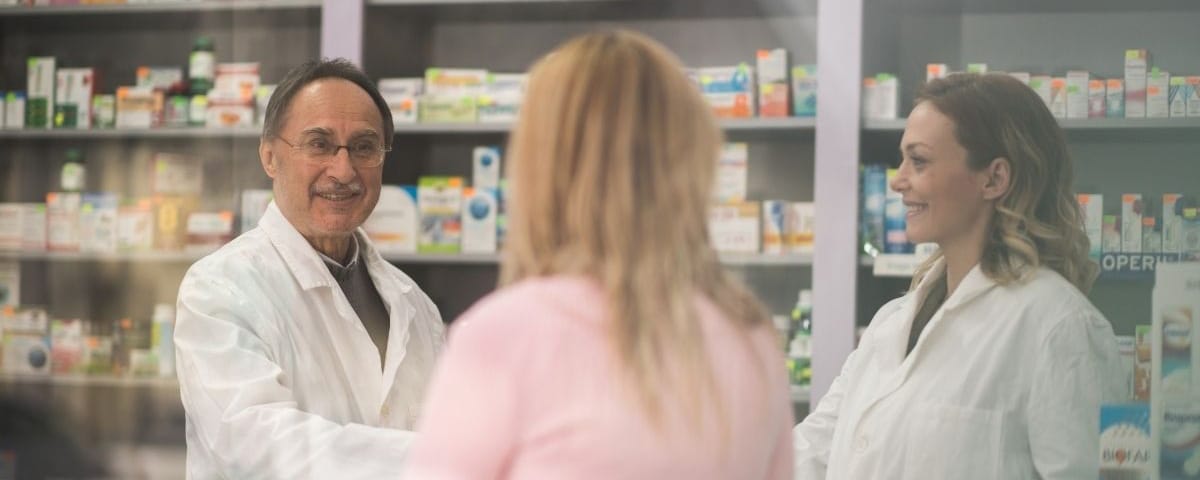How the role of community pharmacy has changed

The way we use pharmacies has changed considerably in the last five years. They’re no longer places we silently wait for our prescriptions. Instead they have become the place we first go to seek advice about our minor health concerns. In April 2020 — the first full month of lockdown — the number of visits to A&E more than halved compared with the same month in 2019, which suggests people were looking for help elsewhere, according to the Pharmaceutical Journal.
As a result, there has been a demand for increased pharmacy services, including resources to better support communication between GP’s and pharmacies. Keep reading as we discover more ways the role of community pharmacy has changed.
Pharmacy First scheme
For a long time, the pharmaceutical industry pushed for a ‘pharmacy first’ message, to encourage people to turn to pharmacies as the first step in addressing health concerns. Pharmacists are highly experienced in dispensing medicines for common illnesses and for patients, it means not having to wait for an appointment or see a doctor.
The industry felt it was able to help ease the growing pressures placed on GP practices and hospitals who were increasingly stretched for resources and trained staff. It also meant pharmacies were able to refer patients onto a doctor or GP if the problem was more serious than previously thought.
Better connected
Pharmacies have come a long way and technology has played a huge role in better supporting patients. There’s a growing demand for pharmacy phone consultations, but some pharmacies are going further to invest in webcams and computers to be able to diagnose patients virtually. This has provided a real step forward for pharmacies, but also for patients who might be unable to leave their homes.
There’s also better communication between pharmacies and GPs, as pharmacies can request access to a patient’s medical history, so they are able to provide more tailored care for a patient. This not only enables pharmacists to identify any potential compatibility issues if a patient has been using multiple medicines, but the evaluation helps avoid prolonged use of any unnecessary medications.
Perhaps the biggest change we’ve seen, is the introduction of electronic prescriptions, which are a massive help to vulnerable patients and to those who require repeat prescriptions. Patients are also seeing the benefits, as according to data from NHS Digital, the proportion of prescriptions issued electronically increased from 75% in February 2020 to over 86% in April 2020.
Upskilling
Pharmacies are increasingly investing in their staff so that they are able to offer more services to their patients. Since 2015, pharmacies have been offering the flu vaccine, but as the COVID vaccine becomes more widely available, the NHS will become increasingly reliant on pharmacies to train their staff to administer the vaccine. This could mean great changes for how pharmacies operate, but also to the physical premises – perhaps in the future they’ll look more like doctor’s surgeries.
The industry is further expanding to provide its staff better guidance about prevention rather than treatment, as it did historically. This includes anything from common illnesses to addictions, including diabetes, smoking and obesity. There is also greater emphasis on training staff to be able to identify other issues, such as victims of domestic violence, trafficking and mental health issues, which might include depression or anxiety.
The pharmacy industry is going through lots of changes and investing in excellent staff is just one solution to providing better care. At Walsall College, we understand the importance of staff training, that’s why our pharmacy technician apprenticeship provides hands on experience in a pharmacy whilst learning from our industry experts.



